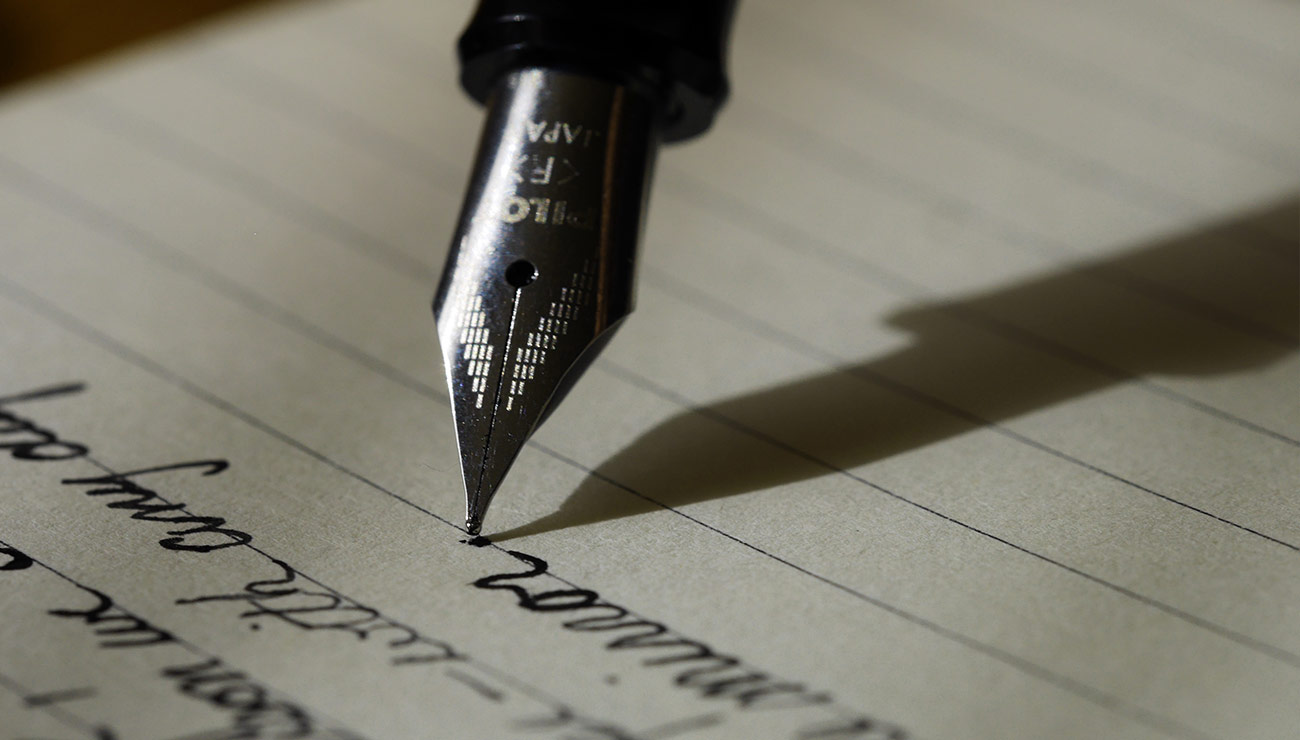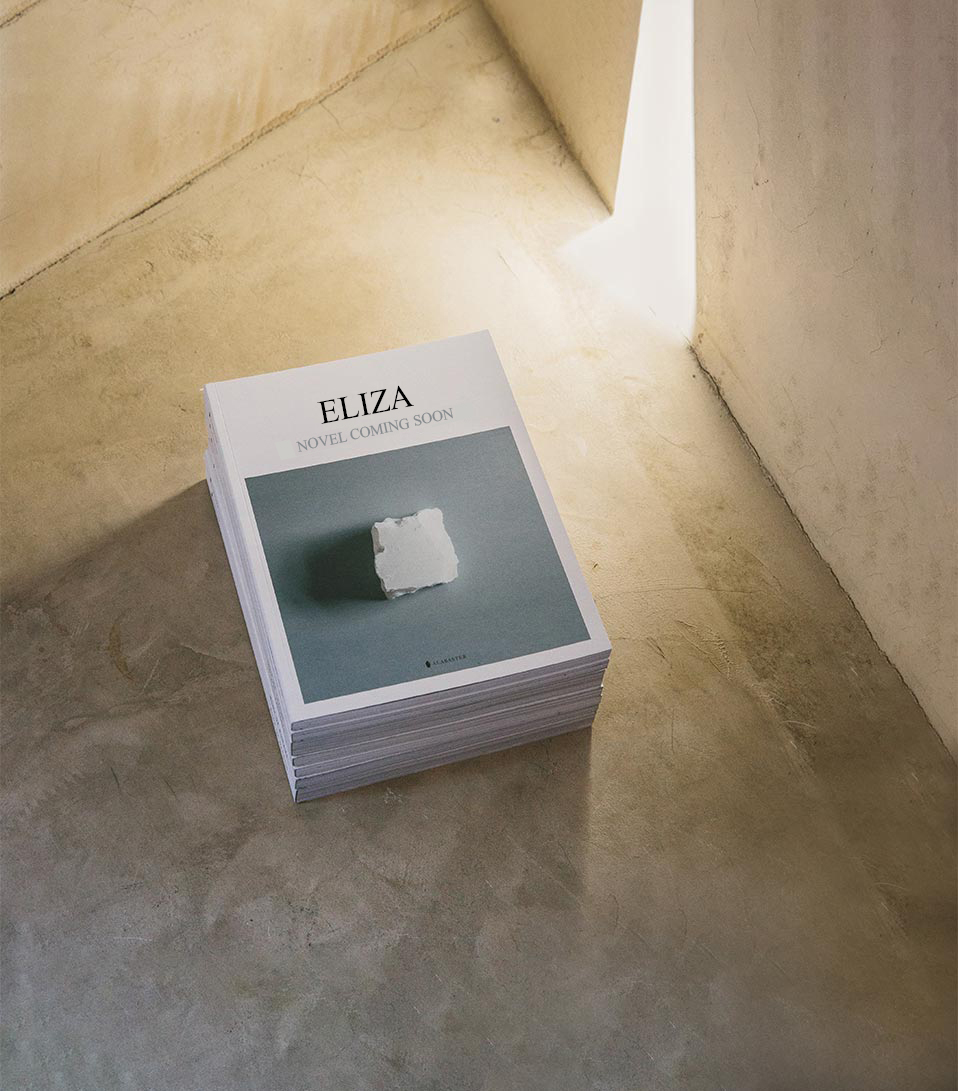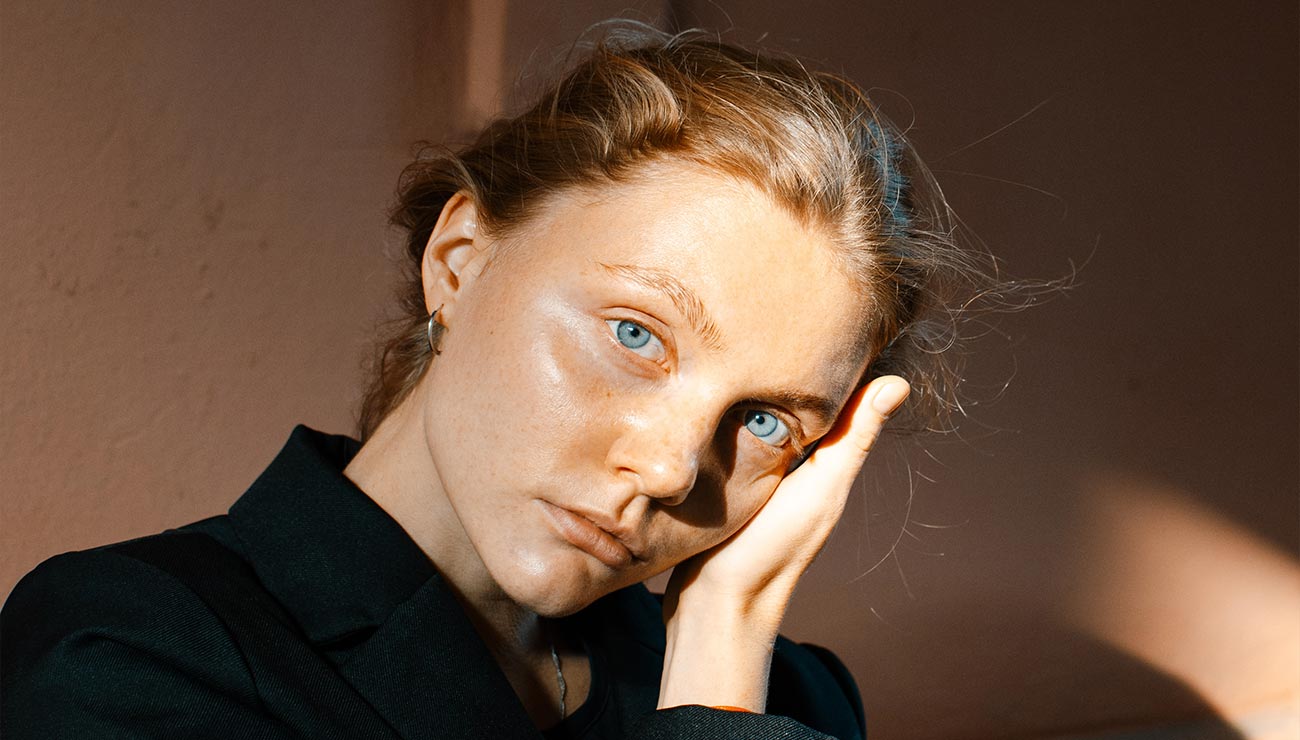
The beginner’s guide to fountain pen
When buying a fountain pen, one of the most important aspects to consider is the fountain pen nib.
Fountain pen nibs are the only part of the pen that touches the paper and are, therefore, fairly responsible for the overall writing experience.
There is a lot of confusion surrounding nibs and people often wonder which fountain pen nib is best and which fountain pen nib size to opt for, so this blog post outlines the anatomy of the fountain pen nib and provides the information required to make an informed decision regarding these questions.
The anatomy of fountain pen nibs

Every fountain pen nib consists of a body, a breather hole, two shoulders, a slit, tines, and a tip; we have labelled these parts on the above image and explain the function of each below.
The nib tip
The tip is the part of the pen nib that touches the paper and is responsible for the ink landing on the page.
The ink travels from the feed to the tip via the slit.
We talk more about the features of the tip later on in the blog post.
The nib slit
The slit is the nib divide that begins at the breather hole and ends at the nib’s tip.
The slit enables the ink to flow to the tip from the feed via capillary action.
The nib breather hole
The breather hole’s function is to allow air to travel into the pen and replace the ink used.
The hole also has a secondary function — to end the slit; if the breather hole didn’t exist, nibs would split in half during use.
The nib tines
The tines are the parts of the nib that are divided by the slit.
Flexible nibs tend to have longer and thinner tines and stiffer nibs tend to have shorter and thicker tines.
The nib shoulders
The shoulders of the nib provide the tines with the strength and rigidity they require to function perfectly.

Customers often ask us about fountain pen nib types; there are many aspects of a nib to consider when purchasing. So, let’s delve into the main features and characteristics below.
Fountain pen nib materials
Most fountain pen nibs are manufactured from stainless steel or gold.
There isn’t a great deal of difference between the two, although some stainless steel nibs are tipped with gold for a smoother writing experience.
Gold nibs are more expensive than stainless steel nibs, as you might imagine.
A gold-coloured nib doesn’t necessarily mean it is made from gold, though, so always check before you buy.
Fountain pen nib tip size
Tip size refers simply to the tip’s width, and most fountain pen users have a preference on width based on which results in the best handwriting for them or which they find moves best across the page.
Likewise, some tip sizes are preferred because of the writing style they produce — italic, for example.
It’s also worth mentioning here that broader nibs tend to be better lubricated with ink, whereas finer nibs have less surface area and can therefore be scratchier as they are drier.
Common nib sizes include extra fine (EF), fine (F), medium (M), broad (B), oblique (O), stub (S) and the aforementioned italic (I).
However, some manufacturers produce a wider range than this.
Fountain pen nib sizes aren’t universal; a medium nib tip, for example, can be an entirely different width from one manufacturer to another.
Also, Japanese pen nibs are nearly always thinner than western equivalents, so keep that in mind when ordering.
Fountain pen nib tip shape
Standard fountain pen tips are round in shape, allowing for a smooth line that is uniform in width as you write.
Square tips, such as those on italic nibs, create writing with line variation — with some directions producing a thin line, and some producing a thick one.
Written by Lucy Williams
Lead Editor of The Pen company.













